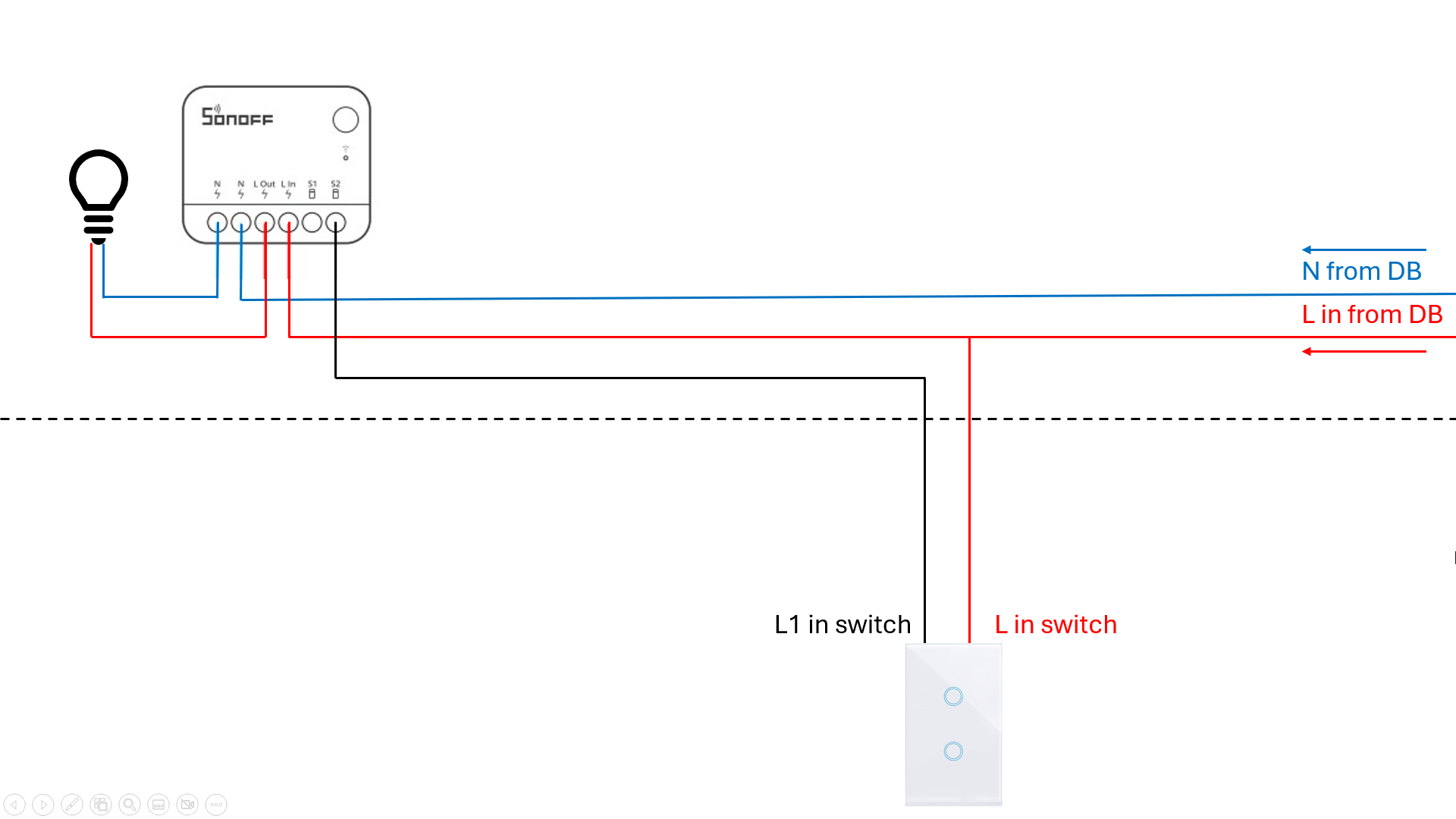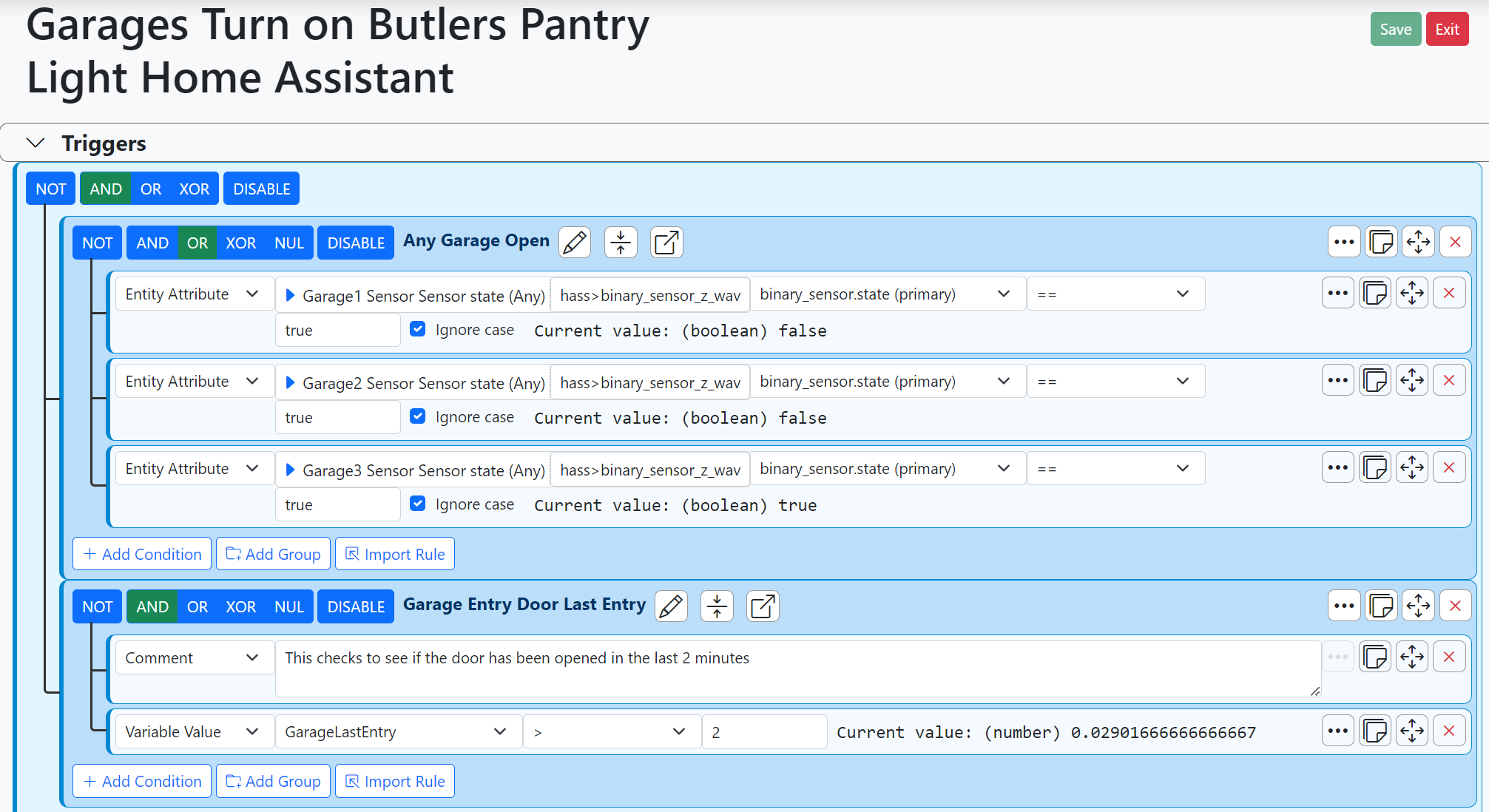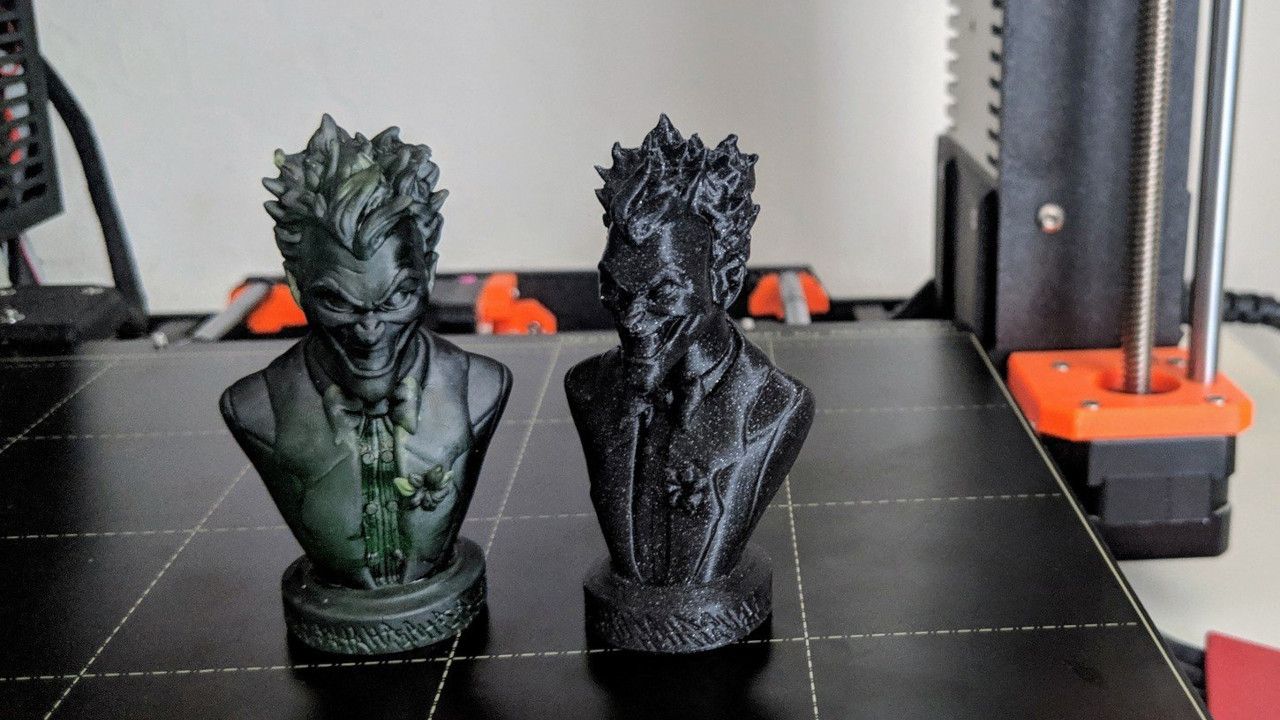3D Printers - What to get in your opinion?
-
A digression from the joy's of building automation.
I have some modifications to make to some (many) plastic frames and thought that an insert sleeve would be the best way to proceed.
I'm making an educated guess and assume that some if not many readers will have access to a 3D Printer and can advise me of the pitfalls.
Ideally, a commercial product would have been the way to go but there is none available so it looks like it's 3D Print or abandon the project.
It's a simple requirement to print a insert sleeve that can hold a device in a frame. Basically, the sleeve is a 44.5mm * 48.9mm*20.0mm box wall thickness 0.5mm with 4 * 13.5 * 16.0mm location pads.A couple of questions:
-
What printers do you use? What would be considered a good one remembering we have all been bitten by Vera at least once and I don't want to go through a similar process.
-
Is it possible to over print on an existing plastic object?
-
How fine can the print be, for instance I need to pad the sleeve out 5mm at most but require a 0.5mm wall thickness for the box to position the location pads. Can 0.5mm be achieved?
*Software? what's good and what to avoid?
TIA
Mike -
-
Looks like no love for the 3D printers huh? I know a lot of people around me in the US who got into it but... I didn't.
Most of them got relatively cheap entry level ones and I don't think you can print over an existing object. The whole purpose is to design the piece in CAD and then get a printed object matching it.
Price pretty much dictates the resolution. I think it is part of the specs. At work, some more expensive ones can get way below 0.5mm. -
Elsewhere, I’m on an astronomy forum, which is absolutely stuffed with 3D printer aficionados. I take it that this arises from the need to make bespoke mechanical parts, which are otherwise astronomically expensive.
Not so much of a need, perhaps, in the HA world?
-
Hmm you guys actually made me consider it since I have a quite a bit more spare time now that I ditched the vera.
This is a helpful article comparing resin vs filament:You basically need to decide what type of printing you want between large and small pieces and the level of details/accuracy needed.
I happened to be considering these two models or at least these two brands.



 Resin or filament 3D printing: Which is best for you?
Resin or filament 3D printing: Which is best for you?

 SUNLU | Affordable 3D Printing Filaments, Filament Dryer and 3D Resins
SUNLU | Affordable 3D Printing Filaments, Filament Dryer and 3D Resins
